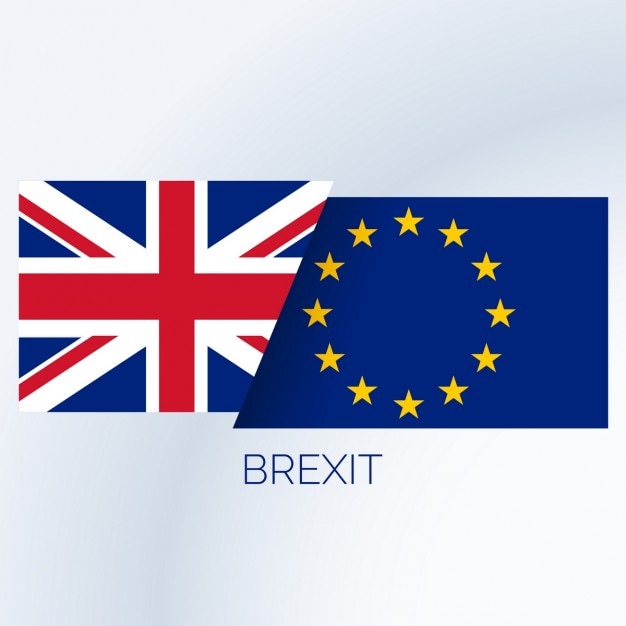
Is a Brexit deal finally in sight and what does it look like?
And it is upon us.
Article 50 has been triggered, the clock is ticking and we have two years to reach an agreement on the Brexit divorce settlement and, perhaps, too, the future relationship between the UK and the EU. So the question is: will we do it?
Remember, we are dealing with politicians here so the agreement does not just have to be mutually beneficial but both sides need a ‘victory’.
A change of tone
And the good news is that a solution seems achievable.
The first thing to note is a noticeable warming of approach on both sides. After recent months of posturing and implicit threats, all parties seem to be softening their tone and dropping ‘of course, there is room for manoeuvre’ kind of comments.
Formal communications finally giving clarity
A major problem in making sense of the negotiations to date has been the vast range of opinions and comments from all sides and their dog, channelled through the media, most of it informal, much contradictory.
But finally we now have more formal positions outlined in the Article 50 letter and the UK government’s whitepaper on leaving the European Union. As of writing, there has not yet been a formal response from Europe but we do have a leaked document revealing the official views of the European parliament. The EU Parliament is not directly involved with the negotiations but it does have the power to veto and they have been working closely with the European Commission in formulating a common stance so we can reasonably take it as a reflection of the European position.
And from these formal communications we can see there are instant areas of agreement and there are areas where negotiations will need to take place but there seems to be very few deal-breakers in the positions as laid out.
Quick opportunities for agreement
To start with, both sides are agreed there are benefits in a transition period to avoid the ‘cliff edge’, probably of about three years. This is important because it allows more time for details to be finalised.
There is still disagreement over how the talks will proceed: David Davis wants the future trade relationship to be finalised within the two years of talks whilst Europe are still insisting on a phased approach, the future relationship can only be discussed after the exit settlement has been finalised. Are these positions reconcilable? Yes, if they use the transition period.
Both parties have implied they are willing to make concessions on the timing of talks with, for example, senior EU representatives admitting the exit talks will need to be discussed within the larger framework of the longer term deal and the details would be finalised in the transition period.
Famously, it took Canada 11 years to agree a deal but the EU-South Korea agreement was completed in two. The UK deal is likely to be a lot more comprehensive than South Korea’s but bear in mind that the starting point is also quite different. Trade negotiations spend most of their time discussing standardisation of regulations – with the UK, those regulations are already harmonised so should be much shorter.
Another area of early agreement is likely to be the treatment of expatriates. Despite everything that has been said by various commentators in the newspapers, formally both sides have said they want an early deal on this and both sides want a positive outcome for the citizens involved. The details should be something they can agree on quite quickly so injecting a momentum of agreement early on.
There seems to have been movement on other sticking points too. The UK has recognised that they will need to pay some kind of exit bill and they will also need to pay into the EU budget on an ongoing basis. The exact price is yet to be haggled over but some kind of ‘splitting the difference’ will surely take place.
As for the European Court of Justice, the UK will almost certainly recognise it during the transition period but afterwards there will be an agreed dispute procedure along the same lines as any other bilateral trade agreement. This, again, should not be a sticking block and should happen very quickly.
And how exactly will the new trade relationship look?
Which then leaves the trade relationship itself, is there likely to be agreement on that?
And, again, the formal documents we know of do allow for a solution.
Theresa May has stated that we will not be part of the Single Market but we would like to agree as comprehensive a free trade agreement as possible. She also says we cannot be part of the Customs Union because it will prevent us from negotiating our own trade agreements with other countries but it is specifically the Common Commercial Policy and the Common External Tariff that prevents this and there may be some way to finesse a solution here.
On the other side of the table, the leaked European Parliament document suggests something similar to the associate agreements with Ukraine, Georgia and Moldova would be possible. These have a high degree of inclusion in the Single Market but interestingly allow for three of the four freedoms (movement of goods, service and capital) but not the fourth (people).
This sounds very much like the kind of agreement Mrs May is seeking so, again, details apart, agreement should be reached quite quickly.
The big caveat
Now, obviously, all of this clairvoyance needs to be framed within the caveat of a very murky crystal ball. Things may happen, people may say things, moods may alter and with these the whole situation will change.
But it does now seem that a ‘soft’ Brexit does appear possible.
Which then only leaves the task of the politicians to sell it to their people as victory. And if there is one thing we can trust our politicians to be capable of, it is surely this.


